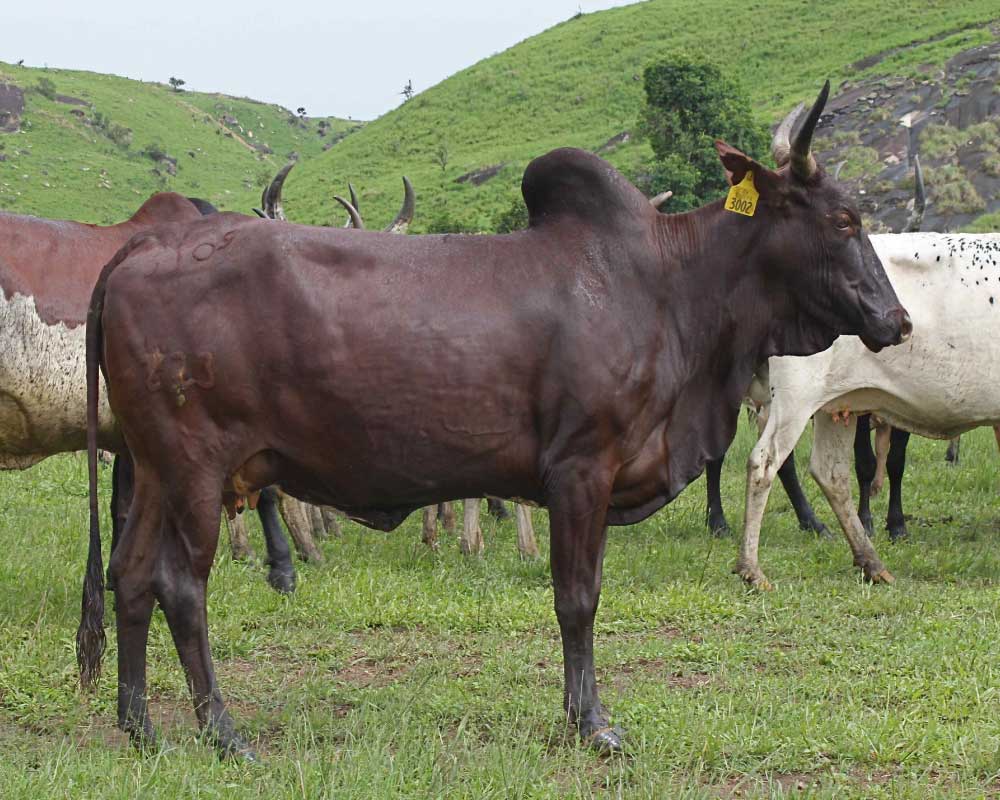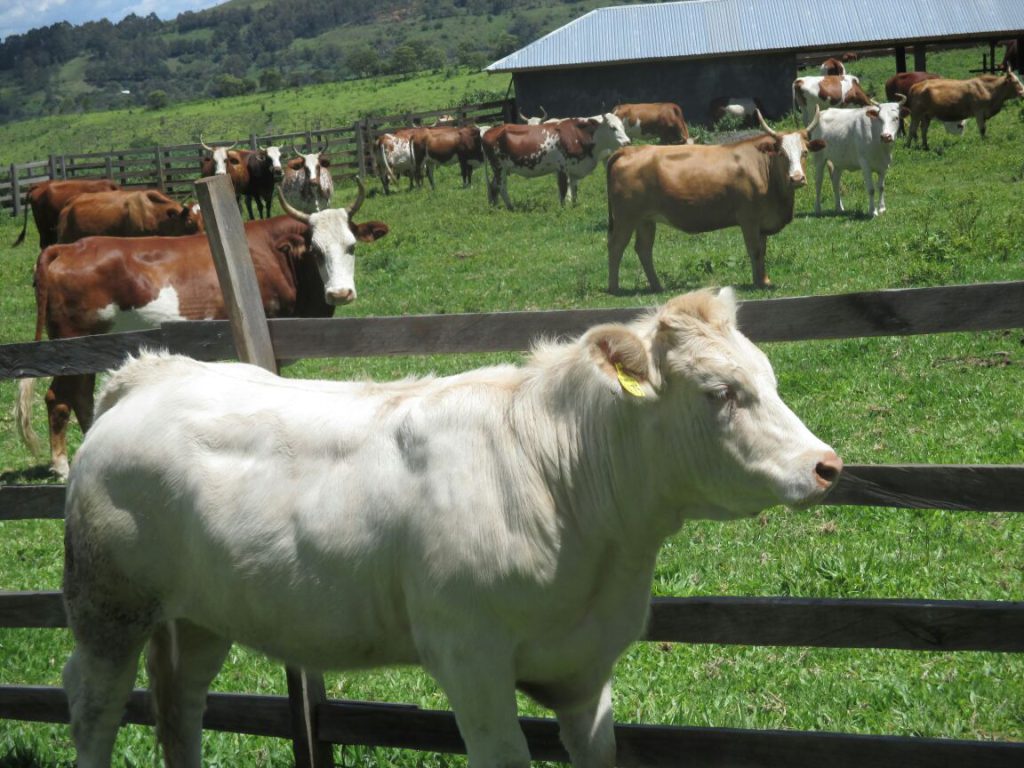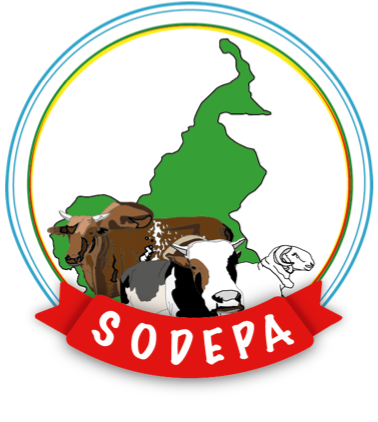LIVESTOCK



Organiser et coordonner des actions de vulgarisation afin d'améliorer la productivité
SODEPA is working on the development of the livestock sector in Cameroon by implementing an adapted technology.
In its mission to promote and develop livestock in Cameroon, the company has set up a system of ranches and agro-pastoral development areas. SODEPA is also expected to create pastoral vocations for local communities and to provide business owners with:
• high-yield breeding stock for meat and milk;
• animal seeds and embryos for artificial insemination;
• seeds of fodder species with added value for animal nutrition;
• slaughterhouses;
• butcher shops.
Cattle feeding
It is essentially plant-based. Each animal must consume a daily quantity of food necessary for its growth. This ration is daily and may vary according to age, type of animal and purpose of production (meat or milk). The breeding regions and seasons play a very important role in cattle breeding in Cameroon. In the Northern Regions, mainly in the North and Far North of Cameroon, livestock farming is based on transhumance. Shepherds move according to pastures and seasons. SODEPA is considering setting up a framework that also includes agro-pastoral planning areas in these Regions.
Food supplement
For its additional nutritional needs, the animal needs a ration based on food supplements. These are foods from plant and animal origin: cakes, cereals. It is a carbohydrate-rich source of energy. To this can be added mineral supplements (calcium and phosphorus) and vitamins.


Forage farming and environmental impact
Intended for animal feed via grazing or mowing, fodder crops, generally consisting of grass or legumes, have many benefits for our agricultural ecosystem. Forage plants contribute effectively to soil health. Legumes, although complementary, are structuring and contribute to the biological activity of the soil. Grass plants help to make the most of organic fertiliser inputs.
For SODEPA, the choice and management of forage plants is a constant concern. The challenge is to prioritise plants that will be active at all levels of the soil in order to attract greater biological diversity, facilitate manure management and produce quality fodder for livestock.
To this end, Cameroon has decided to develop 35,000 hectares of forage areas in the northern part of the country, including 30,000 hectares on the SODEPA property.
